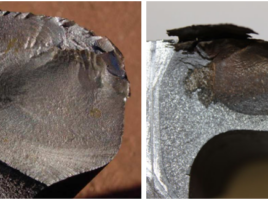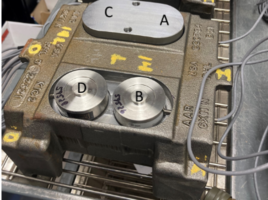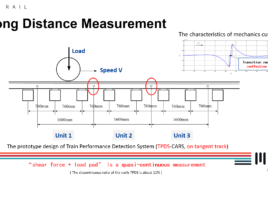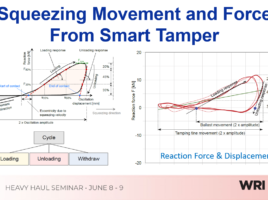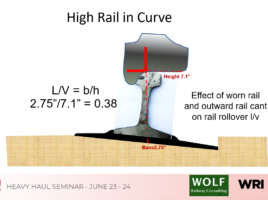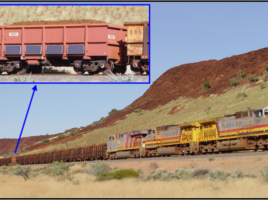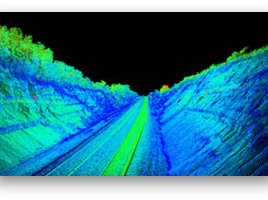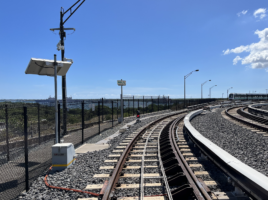
Friction Management: Implementation and State of Good Repair
Friction management is a crucial aspect of rail transit, improving wheel/rail interactions by reducing wear, noise, and safety risks. Effective implementation involves tailored strategies based on specific issues. Successful transit agencies employ proper asset management, ensuring consistent results and a strong return on investment through maintenance and optimized practices.

